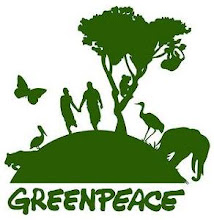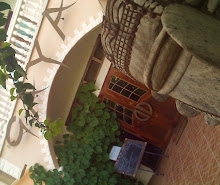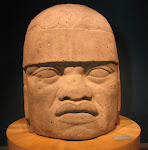Gaya Art Cafe strives to offer a global perspective when it comes to showcasing art with an African influence. This is part of our Global Art Africa Series.
No other country has a school of self-taught painters and sculptors reigned supreme, renewing itself year after year. Not even in Africa have black artists created so many unforgettable images to haunt and revivify the tired iconography of the West. How to explain the paradox that an art of joy originated and sustains itself in the poorest nation of the Western Hemisphere ?
A blend of African and French cultures, inspired by both the Vodou and Christian religions, Haitian life has a unique quality, timeless yet electric. Close to nature, close to his family, close to his gods, the Haitian farmer still leads a life little influenced by the fashions and the inventions of the twentieth century.
Some of Haiti's greatest artists, Hector Hyppolite, Andre Pierre, and Lafortune Felix were first houngans (vodou priests). All of the Saint-Soleil artists, first hailed by André Malraux in 1977, say they are in constant contact with the loas (African Spirits), as was their progenitor, Robert St. Brice. As André Malraux remarked in regard to this school, it is impossible to determine where it came from or to whom it speaks.
Dieuseul Paul, was one of the original members of the Saint Soleil movement which gained international recognition in 1975 when the French cultural icon Andre Malraux visited the community. It is said that Malraux was seated in a chair on a grassy knoll while the artists of Saint Soleil ascended the slope, encircling him, each holding a piece of their art. M. Malraux was blown away by the scene and immortalized the movement by featuring Saint Soleil prominently in his last book, L´Intemporel.
Saint Soleil was located in the mountains above LaBoule, at Soisson-La- Montagne. It provided the means and encouragement for not only painters, but also poets, writers, craftspeople, singers, dancers, sculptors and musicians. A community of peasant artists that was organized by the Haitian artist Tiga, and Maude Robart, a writer and painter herself.
The Saint Soleil School uses linear patterning and symbolism reflecting practices of Vodou.
Vodou, which, while it does have its darker moments, seeks support and security from the spirit guides, The works portray figures crucial to the practice of Vodou. Many of the Saint-Soleil paintings share attributes of medieval manuscripts, particularly in repetitive linear patterning filling every available space, known as horror vacui, recalling the Book of Kells and also evokes the Coptic Christian icons of North Africa.
Saint Soleil disbanded after only a few years but five of the artists, Prosper Pierre-Louis, Levoy Exil, Denis Smith, Paul Dieuseul and Louisiane St. Fleurant reorganized into the group Cinq Soleils. In cooperation with several French Cultural institutions, they opened a spacious and secure atelier in Soissons on September 23, 1989.
The simplicity of everyday life, transformed into poetry by Philome Obin and the Cap-Haitian school, gives to each Haitian a sense of place in this world just as the Vodou religion assures him a place in the cosmos. Ongoing life that neglects neither the body nor the spirit … that is the joy of Haitian art.
Fine dining whenever you want to eat out in Senegambia.
A unique Gambia restaurant for both Gambian and global cuisine.
Come and enjoy our restaurant in The Gambia!
Directions Bertil Harding Highway, next to Senegambia Craft Market
220 4464022
220 6664022
gaya@qanet.gm
gayagambia@gmail.com
http://www.gayaartcafe.com/
































.jpg)


















No comments:
Post a Comment